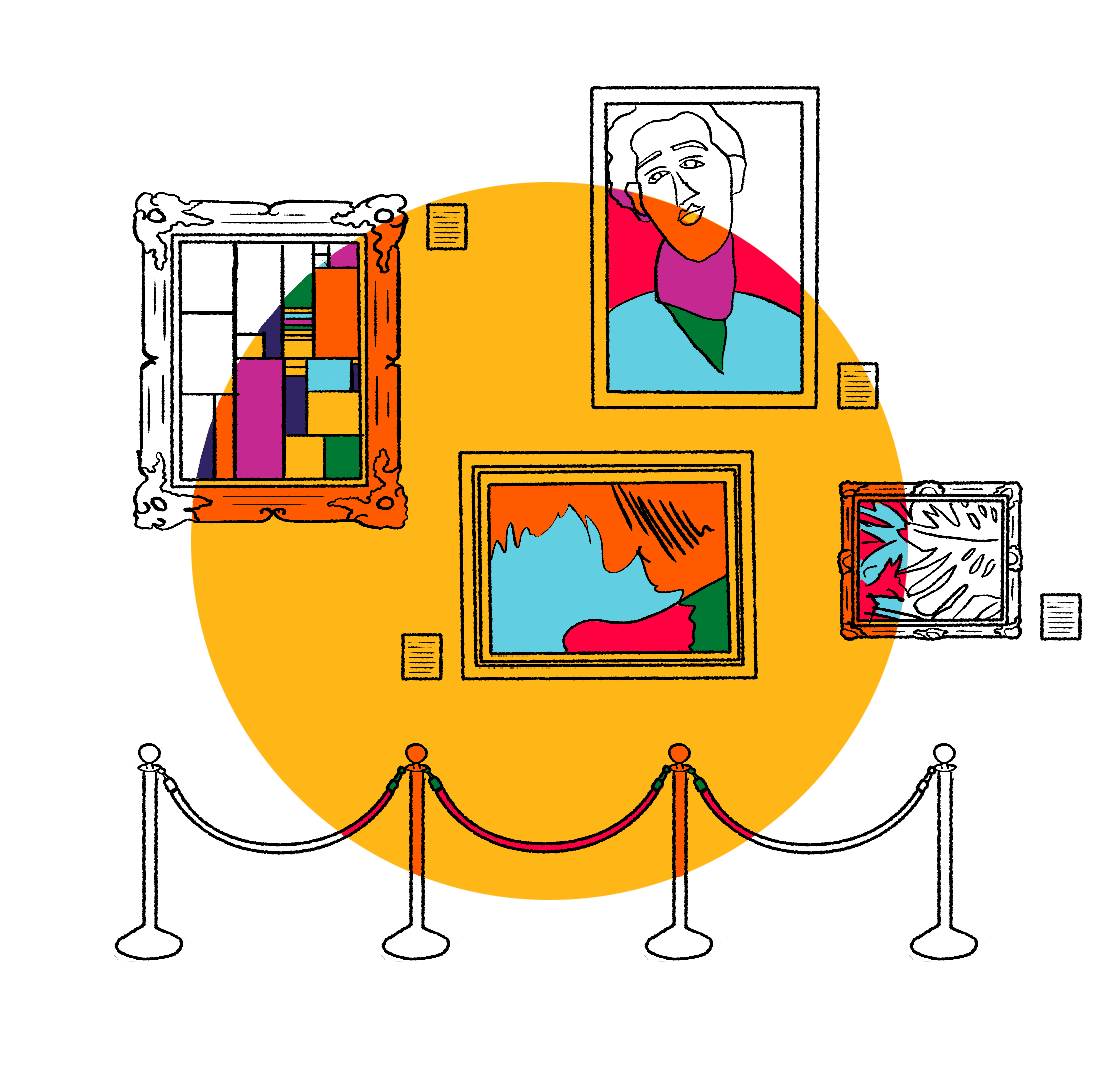A new fund seeks to boost the visibility and recognition of contemporary African and diaspora art, while achieving social impact.
Over the last few years, contemporary African and diaspora art has experienced an accelerated surge in interest. The expanding collector base, growing artistic appreciation and increasing inclusion in mainstream platforms have positioned the market as a new frontier with hidden value. The emergence of African and diaspora art fairs, museums, residencies and galleries highlights the creative renaissance that is taking place within Black communities globally, and the collective focus on building a solid foundation for growth. With the current global sociopolitical climate opening up new conversations about the issues stemming from the lack of diversity in the art world, this heralds a new dawn for African and diaspora art.
To date, these successes appear to have had little impact on the global art canon. A 2018 study of the 18 major US museums estimated that 85% of artists represented in permanent collections were white. This compares to a mere 1.2% for African American artists and 0.4% for African artists. A similar study by In Other Words identified that only 2.4% of acquisitions by the 30 major US museums between 2008 and 2018 were works by African American artists. Despite the vast contribution of artists of African descent to global art movements and narratives, their glaring exclusion from the art canon persists, suggesting that a more radical and strategic approach is required if real change is to occur. Our decision to pioneer a contemporary African and diaspora art fund is based on our belief that investment models can play a catalytic role in the advancement of the art ecosystem.
Art and investment have been intertwined for many years. The first art investment fund on record was established by André Level in Paris in 1904, and since then the more well known British Rail Pension Fund (1970s) and the Fine Art Fund (2004-09) have paved the way for the wider recognition of art as an investable asset. However, there is little understanding among art professionals and investors of the positioning of art funds within the market and their relevance to the art ecosystem. In broad terms, art funds are privately offered investment vehicles, primarily dedicated to the generation of profitable returns by acquiring and disposing of artworks. Art funds are typically long term in nature, closed-ended, and managed by art investment specialists with a deep knowledge of the intricacies of the art market.
Democratising access to art empowers local communities and nurtures the development of homegrown narratives
The spike in art funds over the last 12 years can largely be attributed to the steady 20-year performance of the art market, which has attracted attention from investors in search of portfolio diversification, as well as to the rise of Chinese art funds. Emerging in 2008, Chinese art funds played a critical role in the growth path of the Chinese art market. The focused investment in Chinese artists was pivotal to the global recognition of Chinese contemporary art and the subsequent rising valuations. Art funds birthed a younger, dynamic collector culture and expanding art infrastructure, which gradually positioned China as one of the largest global art markets.
Given this compelling example of the role such funds can play as a catalyst for valuation validation and deeper investment in the art ecosystem, launching an art fund as part of the larger effort to bolster the visibility of African and diaspora art was an easy decision. Against a backdrop of favourable macro and micro dynamics in Africa and diasporic communities, including the growing middle class and Africa’s youthful population, the timing also felt right. Embedding a strong social agenda into the fabric of the fund’s strategy was critical to aligning the approach with our long-term vision of a more equitable art world and honouring our organisation’s main core value: impact.
In order to address the specific market issues and determine responsible investment strategies, we identified four main principles on which to build:
Visibility: With museums being central to establishing and redefining narratives that shape the art canon, implementing an active lending programme allows for the works to be seen and engaged with on a wider scale. Our decision to build relationships with museums in Africa and the diasporic communities challenges the notion that significant artworks by established artists can only be exhibited in major global art regions. Democratising access to art empowers local communities and nurtures the development of homegrown narratives.
Collaboration: Low artist visibility and representation directly impact the ability to attract funding for ambitious projects. Commissioning artworks can potentially create milestone achievements in artists’ careers that would not otherwise be possible – particularly when the impact is amplified through collaboration with our wide network of museums, galleries and curators.
Community: In the absence of developed infrastructure, local art organisations (mainly residencies and cultural centres) have been the main resources for nurturing artistic talent. We aim to continue to support the emergence of local infrastructure through mentoring, as well as partnering on programming and initiatives that promote the next generation of talent on the ground.
Diversity: Women artists only account for 12.6% of artworks in major US museum collections, and on average trade at a 48.8% discount to comparable male artists at auction. This bias is even more marked for women artists of African descent, who account for less than 1% of artworks in major US museum collections, yet make up some of the most compelling contemporary voices in art today – consider, for example, Julie Mehretu, Simone Yvette Leigh and Wangechi Mutu. Our commitment to invest 50% of assets under management in women artists is designed to address this imbalance.
If investment is seen as the key to unlocking the true potential of the creative economy, then art funds have an opportunity to build critical endorsement and support for ecosystem development, while honoring financial target obligations. As new funds start to emerge in the African and diaspora art market at this pivotal time in its growth path, our hope is that they join us by seeking impact as one of their primary goals. The time is now.








